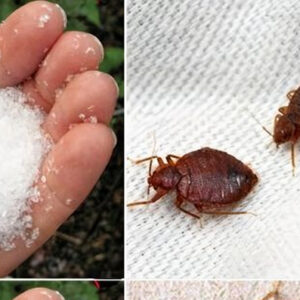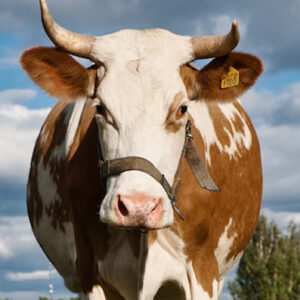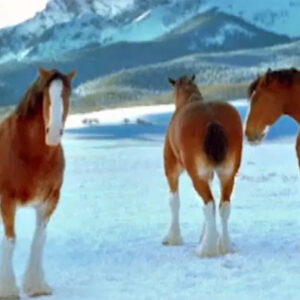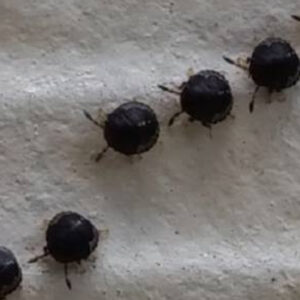Meet the Emerald Tanager, a bird with an almost completely green coat. Its back is a bit darker than the rest of its body, while the rump is paler. The bird is clad in bright, shiny, emerald green from head to tail, except for two small patches behind its eyes. It is truly a precious gem of the avian world.
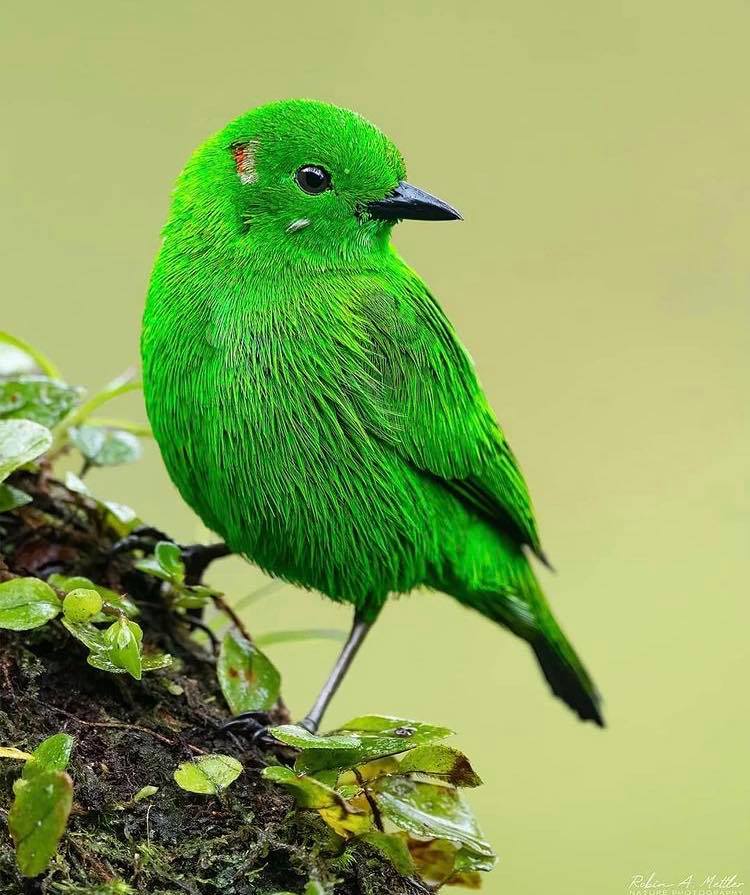
The bird known as the Chlorochrysa phoenicotis, or glistening-green tanager, is a member of the Thraupidae family. It is entirely covered in a stunning green plumage, with its back being slightly darker and its rump paler. While the upperwings and lesser median coverts are typically a greyish-olive shade, they are often concealed. The bird’s flight feathers have blackish coloration with bright green edges, while the tail features blackish hues with a main pair of feathers that are green.
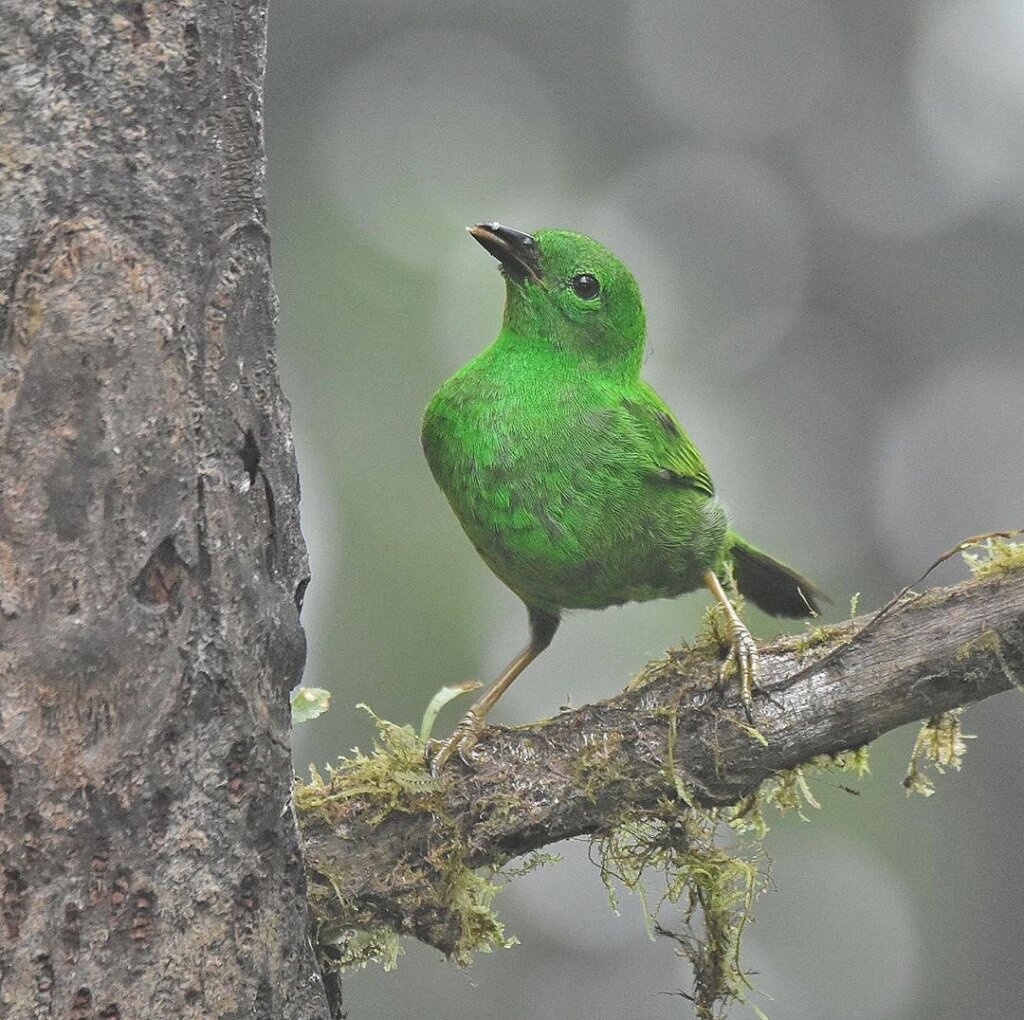
Just posterior to the eyes are two tufts of feathers in shades of grey and orange. Female emerald tanagers are a bit less bright but still predominantly green, and they sometimes lack the white and red markings on their heads. Watch the video below to observe this bird in action:

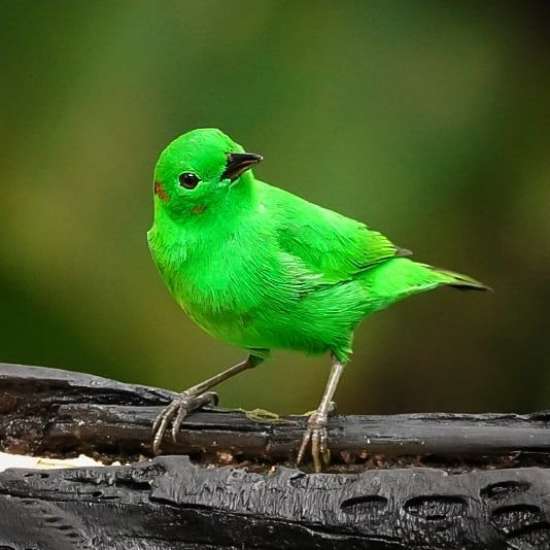
The Glistening Green Tanager is not a common species in its distribution area. It is typically found in the Andean foothills and lower subtropical forests with mossy undergrowth. Its diet consists mainly of arthropods and larvae, with occasional consumption of fruits.
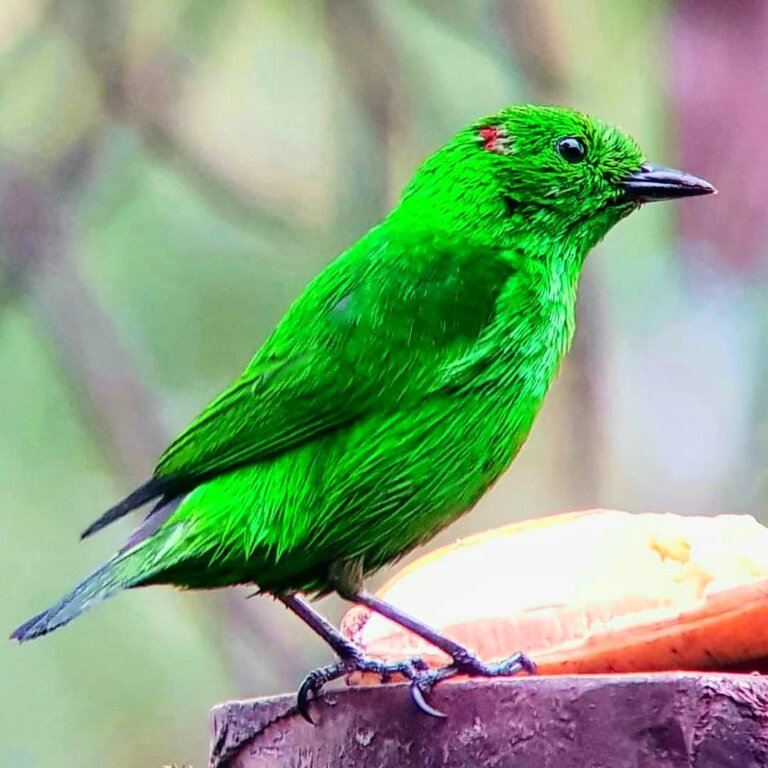
Not much information is available about the breeding behavior of the Glistening Green Tanager. However, it is known to breed from May to September in Colombia.
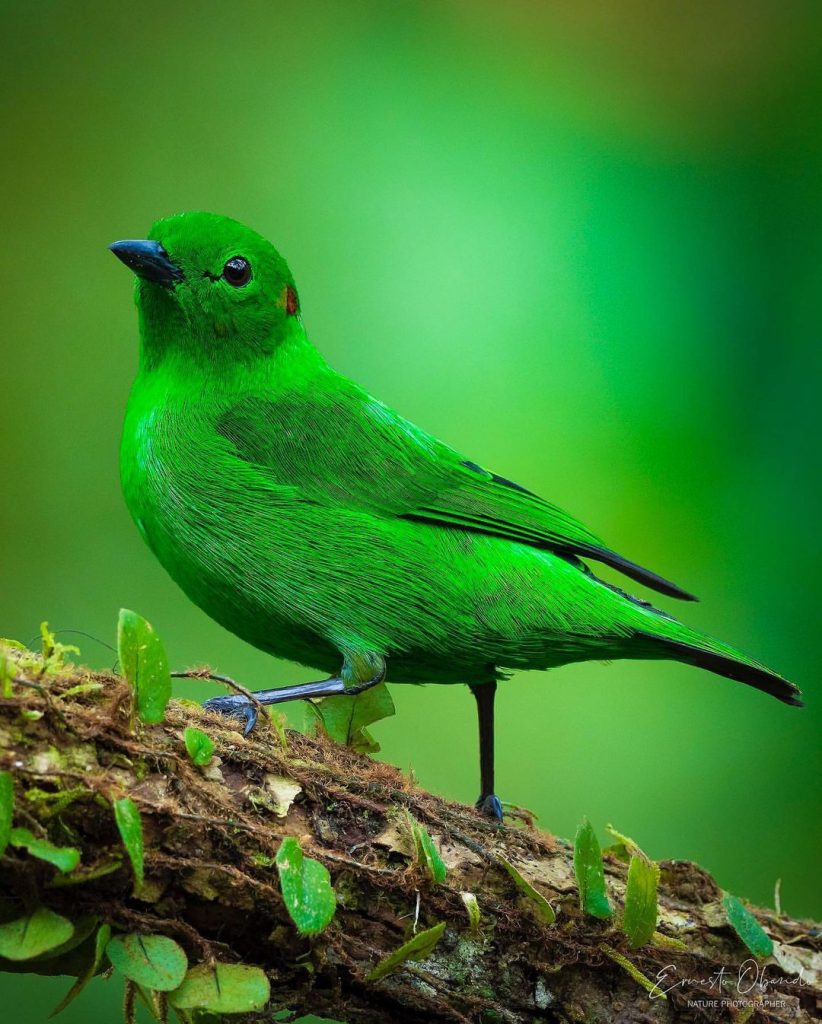
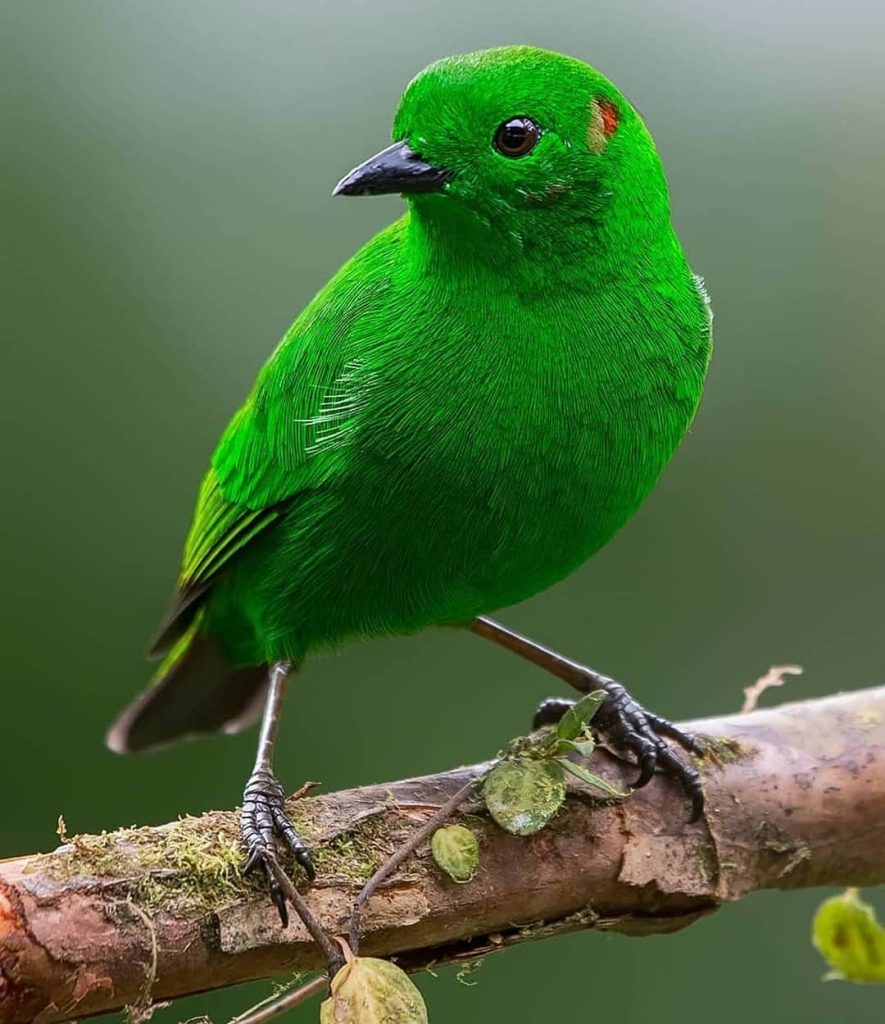
This bird is regarded as rare and in a state of slow decline. Its habitat is endangered by deforestation caused by mining, agriculture, and urbanization.



